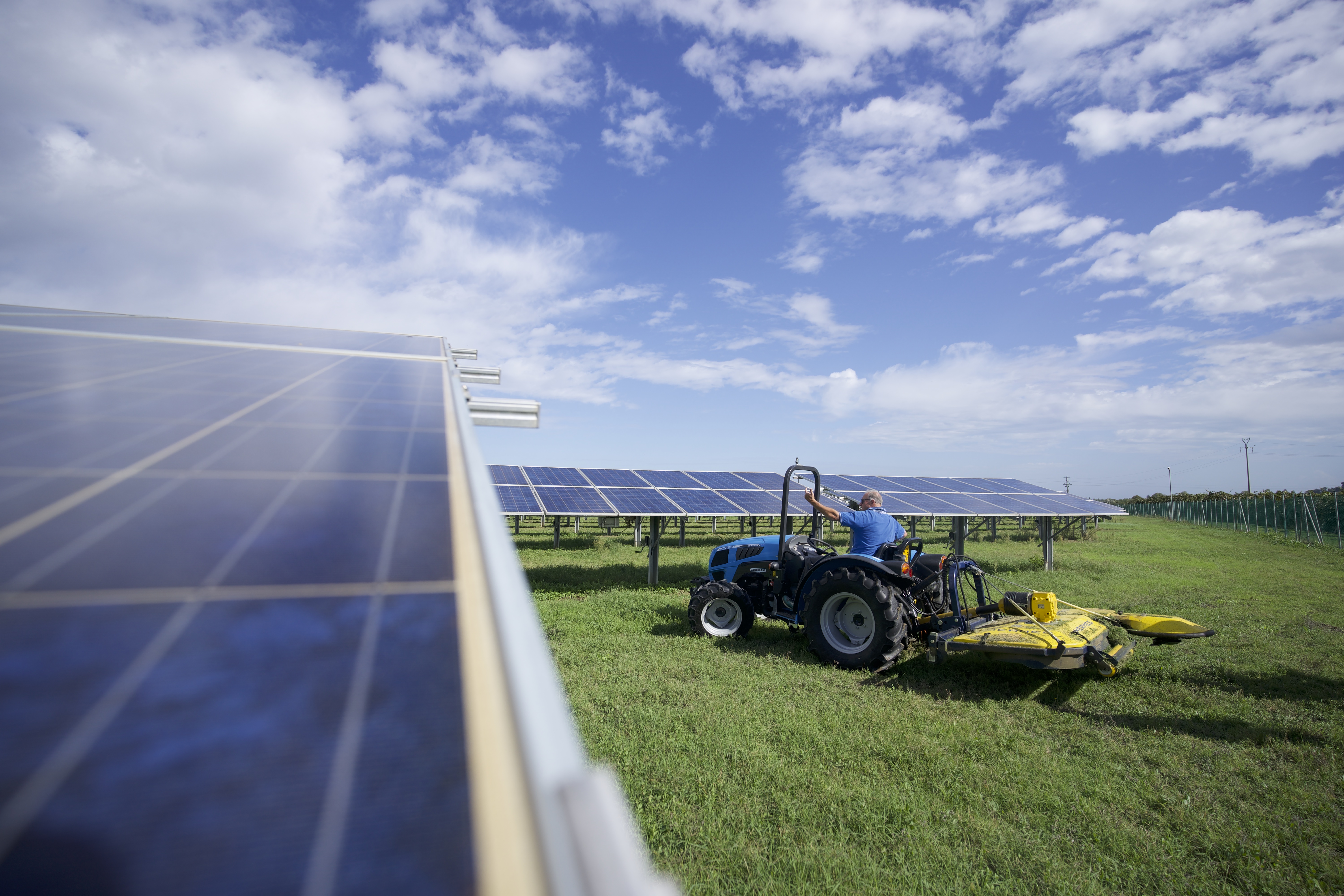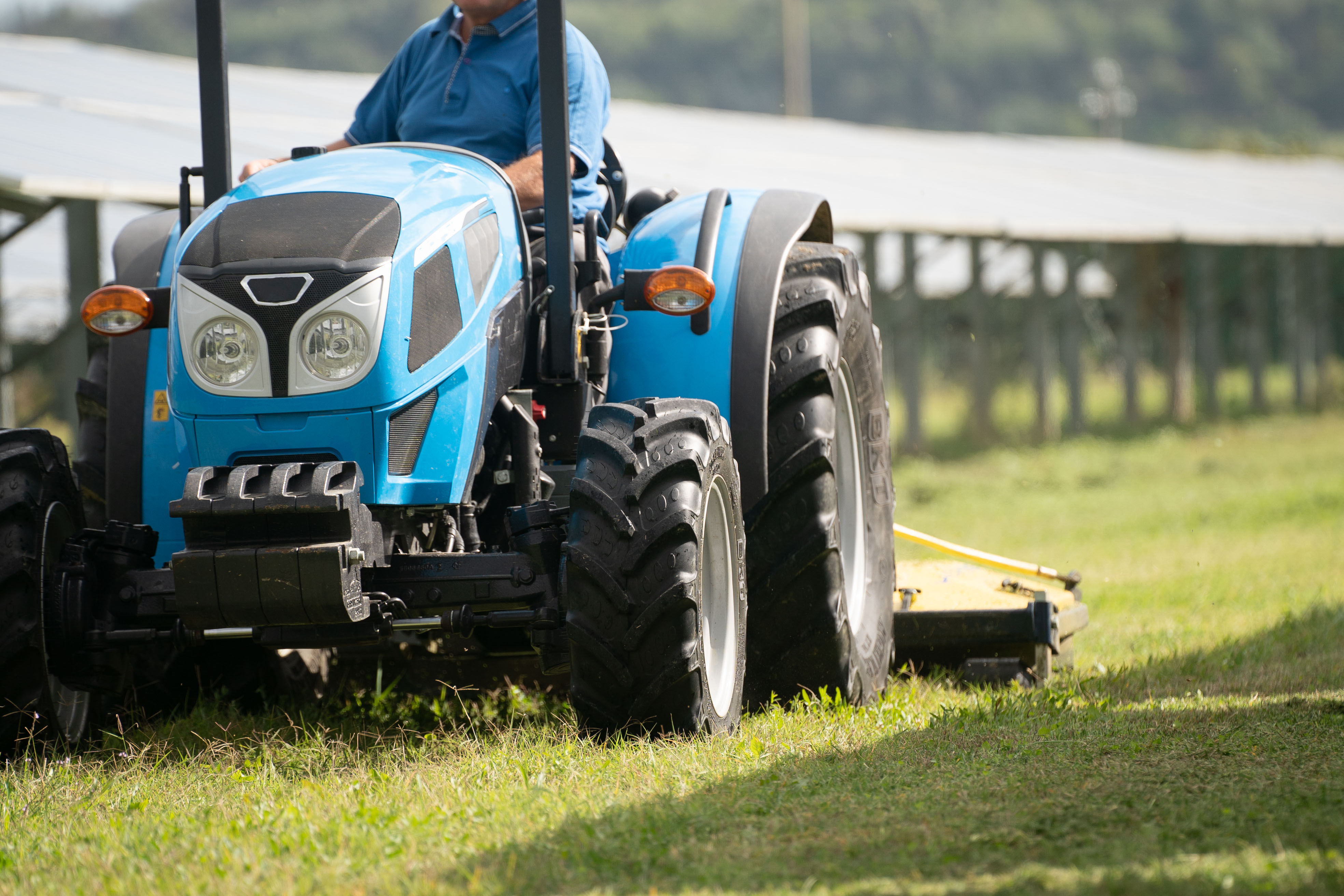The electrification of agricultural machinery is following two main paths:
- the development of fully electric engines, and
- the integration of auxiliary electric motors alongside traditional combustion engines.
This dual strategy is necessary to overcome the current limits of technology, particularly when it comes to high power output and the heavy-duty use typical of agriculture. The main obstacle? Battery energy density. It is still too low to guarantee long operating hours in high-power applications. For small tractors, battery packs are more manageable, but for large machines, weight and bulk quickly become critical issues. At leading industry trade fairs like AGRITECHNICA, we’ve already seen not only new electric engines but also batteries designed specifically for off-highway machinery. These solutions aim to improve efficiency, extend lifespan, and integrate more smoothly into vehicles without heavily impacting overall weight or load distribution. Technological progress here could be rapid, but full electrification of agriculture will take time, especially for medium- and high-power machines, which remain the operational backbone of most farms.
Where is electric power most ready today?
- Compact tractors for orchards and vineyards
- Telescopic handlers
- Mixer wagons for livestock farms
- Self-propelled vehicles operating within farm premises
In these cases, power demands are moderate, distances are short, and limited autonomy is not a critical issue.

Agriculture is not only looking at electric power. In recent years, hydrogen has also emerged as a potential energy source for tractors, opening up new scenarios for agricultural propulsion.
Two main approaches are under consideration:
- Direct combustion in adapted internal combustion engines
- Fuel cells, which convert hydrogen into electricity to power electric motors
Using hydrogen directly in combustion engines allows manufacturers to rely on well-known mechanics by converting diesel or petrol tractors with some modifications. This eliminates CO₂ emissions but still produces nitrogen oxides (NOx), which can be mitigated with after-treatment systems.
Fuel cells, on the other hand, are more complex but potentially more efficient. In this setup, hydrogen is converted into electricity to drive an electric motor. The advantage? Emissions limited to water vapor. However, the technology is still under development, with critical challenges related to cost, tank size, and infrastructure requirements. The biggest hurdle? Energy efficiency. From production (e.g., electrolysis) to final use, the hydrogen supply chain suffers major losses. When all steps are factored in, production, compression, storage, and conversion, the net efficiency is only around 32%. In other words: for every 100 kWh of energy invested, only a third is available to power the tractor. Moreover, while much is said about “green hydrogen,” the majority currently available is still grey hydrogen, derived from methane with high CO₂ emissions. The color-coded classification helps clarify:
- Grey: from fossil gas, high environmental impact
- Blue: like grey but with CO₂ capture and storage
- Green: from renewable sources through water electrolysis
- Purple: electrolysis powered by nuclear energy
- Biomass-derived: promising for agriculture, but still low yield
Finally, there’s the issue of safety. Hydrogen storage requires high-pressure cylinders (up to 700 bar) and advanced composite materials such as CFRP and GFRP, which combine lightness and resistance. European regulations, such as UNR134, set strict safety standards with durability limits and replacement protocols to prevent structural failures.

Beyond agriculture, compact zero-emission tractors could find immediate applications in urban services, such as:
- Public green space management
- Street cleaning
- Urban gardens or agricultural parks
Here, short distances, existing infrastructure, and stricter emission rules create an ideal ecosystem for testing alternative fuels.
Sustainability has become a priority in agriculture, especially in high-value sectors like organic viticulture, where environmental impact directly affects product quality. In vineyards, the goal of “zero emissions” is not only an ethical choice but also a concrete way to enhance production value. Compact specialized tractors, traditionally diesel-powered, are now under scrutiny for their CO₂ emissions during daily operations such as soil management and pest control.
The alternatives? Two complementary approaches already being tested:
- Battery-electric tractors, ideal for limited autonomy and scheduled charging
- Hydrogen-powered tractors, better suited for longer operating hours
Different technologies, both aligned with the needs of sustainable and innovative viticulture.
Let’s imagine a 20-hectare vineyard requiring about 800 annual operating hours with a 100 kW tractor.
- With solar panels for battery storage, around 519 m² of panels would be needed.
- For a hydrogen-based system, the area required rises to 1,429 m² due to efficiency losses.
And for storage?
- A three-day battery system would require over 26 tons of batteries, occupying nearly 28 m³.
- The hydrogen system would need only 131 kg of hydrogen and 5.5 m³ of space.
Costs tell another story: hydrogen production systems could be up to five times cheaper annually than battery-based technologies.
In short:
- Batteries are more efficient and suitable where grid access is easy.
- Hydrogen has greater potential where weight and space are limiting factors, such as vineyards.
Ultimately, the choice will depend on infrastructure, farm size, and cost evolution in the coming years. What’s certain is that the future of sustainable viticulture lies beyond diesel, with clean and smart alternatives. It’s too early to declare a single winning technology. From the automotive experience, one might assume electric is the future, given hydrogen’s slow progress. But in agriculture, battery energy density still poses serious limits, particularly for compact tractors expected to operate a full day without recharging. In any case, no transition will be possible without proper infrastructure: refueling stations, efficient energy networks, and sustainable production chains. This remains one of agriculture’s greatest challenges. Experts agree: it will take at least 5–10 years before hydrogen, or other alternatives, can guarantee the power, autonomy, and durability required for open-field operations. Until then, hybrid and electric systems, especially for compact specialized tractors, will serve as a realistic and concrete transition phase.






